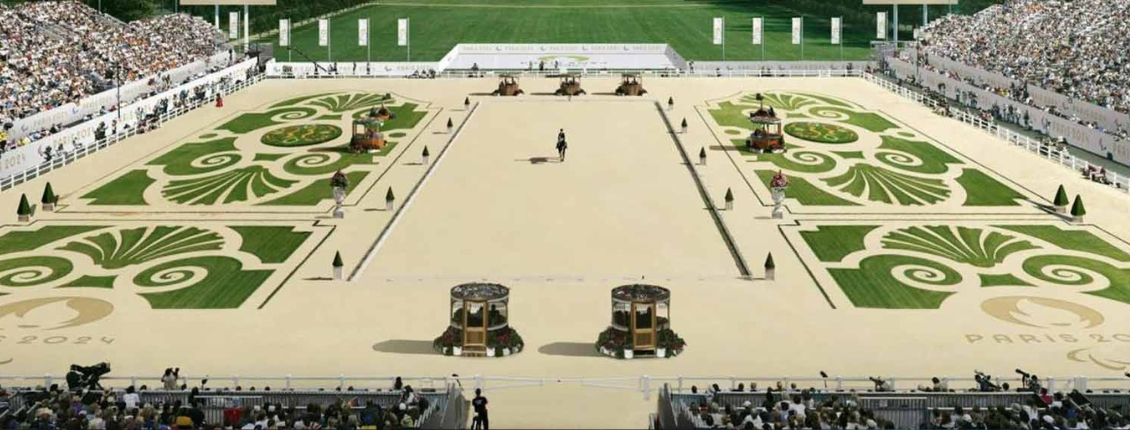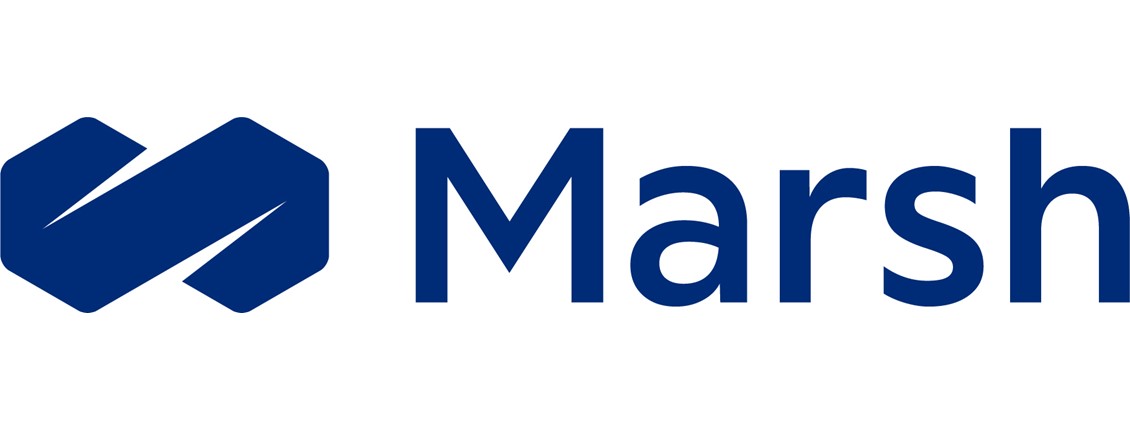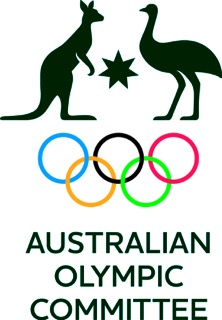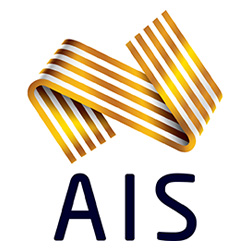The Para Dressage will take centre stage in the beautiful gardens of the Palace of Versailles from 3-7 September.
Australia has qualified for the full quota of entries and on Thursday 4 July, Paralympics Australia announced our team as follows:
PARA DRESSAGE
| RIDER | HORSE | OWNER (s) | GROOM |
| Stella Barton - GRADE I | Lord Larmarque | Jade Moody | Ashleigh Campton |
| Bridget Murphy - GRADE II | Penmain Promise | Bridget Murphy and Rosanne Mason | Kate Arton |
| Dianne Barnes - GRADE IV | Sorena | Sharyn McCombe | Rebecca Haythorpe |
| Lisa Martin - GRADE V | Vilaggio | Lisa Martin | Maddison McAndrew |
RESERVES:
- Emma Booth and Saimir, owned by Kylie Eadie and Will McTaggart – Groom Paige Drake
- Sharon Jarvis and Furst Crusador, owned by Charlotte Lassetter – Groom Daryl Ware
- Zoe Vorenas and Salmour, owned by Zoe Vorenas, Dean Izzard and Melanie Jurgens
Unlike the Olympic Games, which features three equestrian disciplines, the Paralympic programme only includes Dressage. Para Dressage is a sport in which rider and horse become one. Riders are judged on the accuracy and quality of their riding, their horse’s behaviour in gaits and halts, artistic finesse, and other aspects of their performance.
As with all Equestrian events, all events are mixed, with all riders competing together across the five classes.
BRIEF OVERVIEW OF THE RULES
The Para Dressage competition programme includes the individual championship test, the team test set to music (in which riders perform a set routine) and the individual freestyle test (which is unique to each rider, as they choose their own routine and music). Individual freestyle is open to the top eight athletes from each class based on the results of the individual test.
Depending on their needs, riders can use special equipment like modified saddles, straps, and spurs.
ELIGIBLE IMPAIRMENTS
Orthopaedic impairments, paraplegia, quadriplegia, hemiplegia, cerebral palsy, degenerative neurological disorders, neurological disabilities, vision impairments.
CLASSIFICATION OVERVIEW
Grade I: Athletes have severe impairments affecting all limbs and the trunk.
Grade II: Athletes have either a severe impairment of the trunk and minimal impairment of the arms or moderate impairment of the trunk, arms, and legs.
Grade III: Athletes have severe impairments in both legs with minimal or no impairment of the trunk or moderate impairment of the arms and legs and trunk.
Grade IV: Athletes have a severe impairment or deficiency of both arms or a moderate impairment of all four limbs or short stature.
Grade V: Athletes have vision impairment, complete blindness, a mildly impaired range of movement or muscle strength, or a deficiency of one limb or mild deficiency of two limbs.









